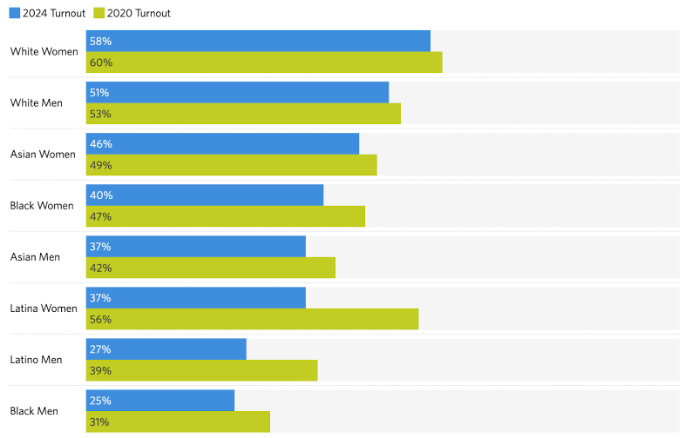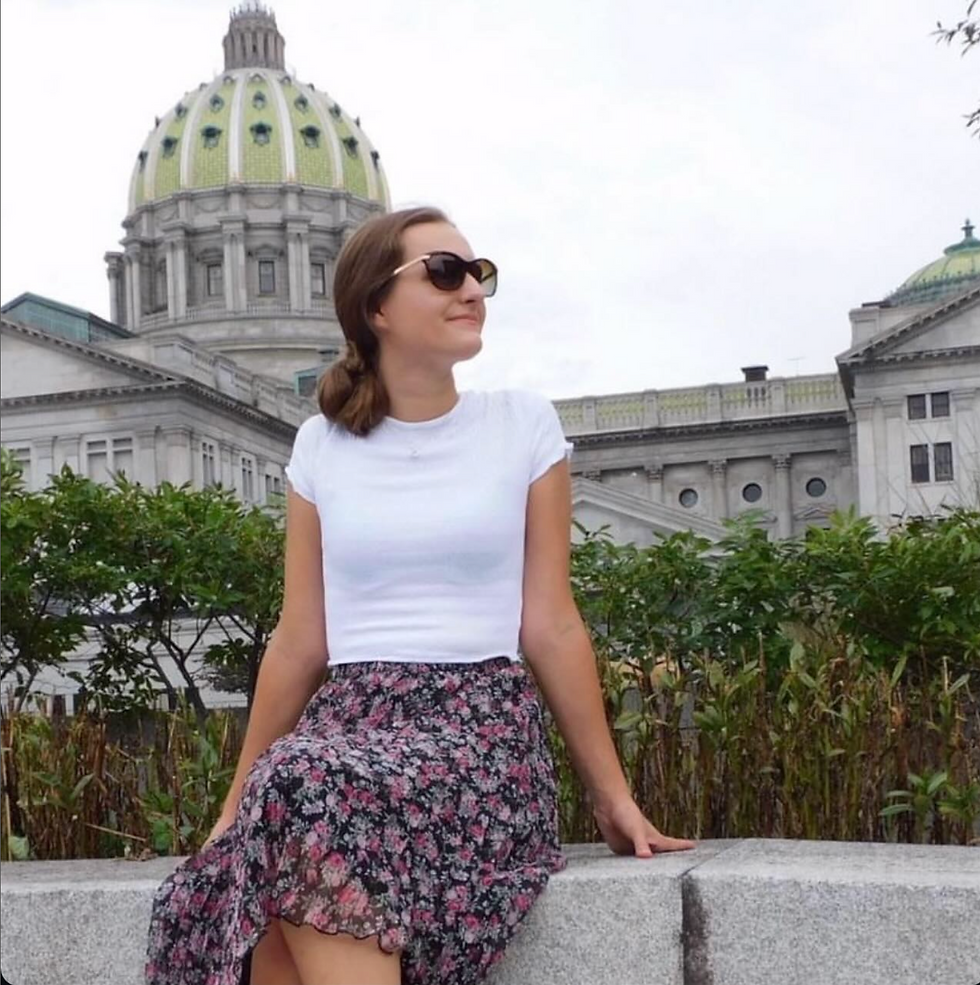To Abstain From The Ballot
- VoteThatJawn

- 6 days ago
- 3 min read
By Saoirse Hyland
At 16, I am yet to be of age to cast a ballot. My brother, 22, has voted in every election since turning 18. My other brother, 19, just voted in his first election, the most recent presidential election. My family friends would joke around with him saying “that's going to be a fun first election to vote in,” or “you got lucky!” However they were experiencing the same first times with their own kids, the experience was different. I remember when my brother first came home after being at college for a break, he revealed to my mom he wasn't sure if his roommates had mailed in their ballots yet, or if they ever would. My mom experienced the same confusion I did. These were young men, getting a college education, choosing not to vote? It wasn't that they were choosing a candidate we were against, but that they chose to have no opinion at all.
Young voters are, and have always had some of the lowest voting turnouts in elections. This year that number was only 47 percent of youth coming out to vote in the presidential election. When looking at gender and race there is a lot of correlation to youth voting, including a lot of disparities. For example 50 percent of young women came out to vote while only 41 percent of young men. White youth had the largest turn out followed by Asians, Black, and Latinos at the lowest. The lowest voting group was black and Latino young men, a consistent trend from previous elections.

Center for Information and Research on Civic Learning and Engagement
To many these percentages may appear as meaningless numbers, however they all tell a story as to why they exist.
One of the most apparent reasons for a lack of eligible youth voters is the lack of civic education. According to the Center for Information and Research on Civic Learning and Engagement this reality become even more apparent when looking at the simple fact that in a pre-election poll the majority of youth said they are likely to vote, however, youth that were lacking a college or highschool education, were less likely to send in a ballot. Yes, education is important, but it shouldn't be that those without access to higher education are not properly educated about the power their vote holds. And from Circles polls those abstaining from the ballot, those without a higher education, those without access to civic literacy, are more often to be black and brown young voters.
Another trend noticed by Circle was 81 percent of youth who reported using their voices in high school whether it be through Speech and debate or another outlet, reported being highly likely to vote. This statistic emphasizes that outlets in high school for students to learn and utilize the power of their opinion, which translates into a positive correlation with voter turnout. However again these numbers vary by race, emphasizes deep disparities engraved into school systems.
Two out of three white students remember being encouraged to vote in high school, while one out of two black students remember the same.

Discrepancies with equal treatment towards different races is nothing new, it shows up in school, politics, the list goes on. Yet what people are now realizing, is that the systemic imbalance is now and has always affected the outcomes of our elections. Starting at the root of the problem, by fighting systemic oppression will always be the most effective strategy, but people have been fighting for that for decades.
A better and more likely strategy to be carried out? Creating programs like VoteThatJawn, where students can use their voices and learn about voting and what it can do for them. Moreover, simply doing things like school presentations informing young voters how to submit a ballot, different ways they can do their research about candidates, and creating a better informed generation.

According to Circle, youth who were encouraged or taught how to register to vote in high school were at least 10 percentage points more likely to have volunteered on or donated money to a political campaign. These same young people were 12 percentage points more likely to have served in a leadership role in a community organization, attended a march or demonstration, or advocated for policy change. According to self-reported voter turnout from the Circle survey, in both the 2016 and 2018 elections young people who had received both encouragement and instruction on voting in high school voted at a rate 7 percentage points higher than youth who received neither. This is a clear demonstration of the importance schools play in increasing voter registration.







Comments